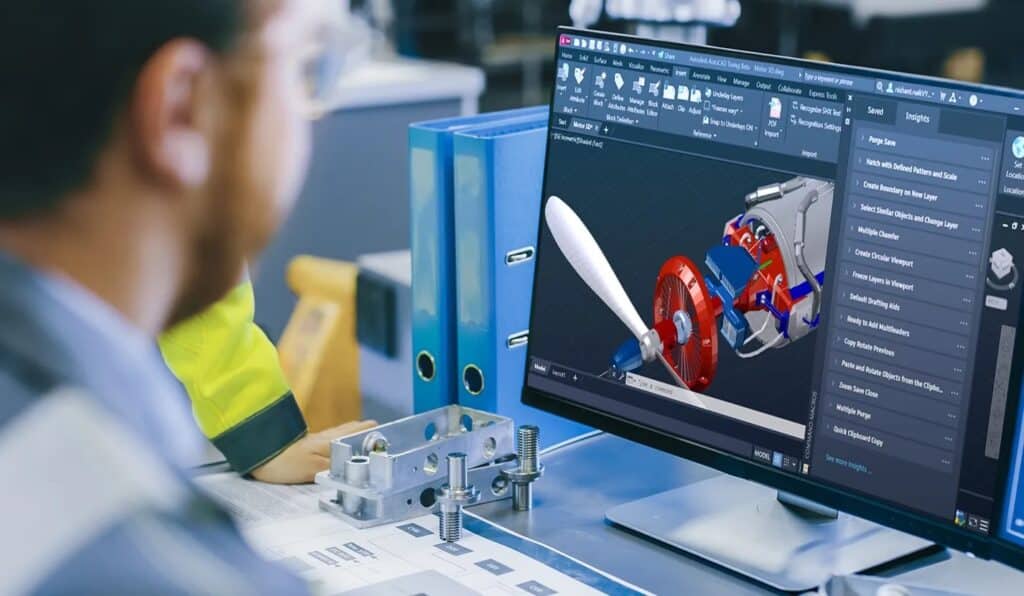There are quite a few 3D design products on the market because 3D renders are used in so many products, from computer games to the creation of architectural designs. This list is mostly pretty broad, but it edges more toward the creative and design industry. There is a top-selling top- performing program from each industry, from 3D animation and games, all the way up to physical product designs and 3D printing.
Blender
This program is free, is staggeringly powerful, and allows you to do just about anything you would ever want to do with a 3D render. The only downside is that it takes a lot of time to learn and takes lots of skills to master. That is the problem with something as powerful as Blender. It puts you in control of a jump jet carrier when sometimes you only need a sailboat. With that said, there are tools for everybody, from 3D animators to game developers and artists. Plus, Blender gets credit for doing the most work on itself over the last twenty years. It has come a very long way, from being the software used to make the first Toy Story movie to the Netflix animation titles “I lost my body” and “Next Gen.”
AutoCAD
The benefit of this program is that many people in the design industry are aware of it and can use it or intuit how to use it. It is a commercial computer-aided design and drafting program that was developed and marketed by Autodesk. It has been around since 1982, and its long-standing popularity has made it easier for remote workers and different teams to work together. In some design marketplaces, asking somebody to use AutoCAD is no different from asking them to use Microsoft Word.
Maya
Over the years, this program has been cleverly marketed to Mac users while the likes of Blender were still maturing their interface and controls. It doesn’t have the intricate customizable tools and details that other programs have, but it generates nice-looking results by streamlining the design approach. Think of it this way, where something like Adobe photoshop adds texturing and coloring tools to plaster over the cracks, Maya simply offers you a bigger paintbrush and tells you to step back. If you want fast results, especially from a team who are working on similar scenes, then Maya is definitely a strong contender for your attention.
Fusion360
There are other (better) programs than this one for 3D design. But, Fusion360 gets a shout-out because the developers are doing more than most when it comes to 3D printing. It helps you chop out the details within the design program, but then also helps you analyze, package and transport your files in a way that a 3D printer can use and understand. Even though it is still in its baby booties, it still beats out most of its competitors. If you are an amateur 3D printing enthusiast, then the error correction protocols will save you from wasting money on printed rejects.
Use a Compiling or Rendering Service
There are two reasons to use a compiling or rendering farm. The first is if your project is so big and detailed that it will tie up your computers for hours. The second is if you have to run quick tests on your designs, over and over again, to see if they are correct. Either way, strongly consider letting a
service like RebusFarm do your processing.
The old days of waiting for computers to render have gone the way of the fax machine. These days, it is quicker, easier, and oddly cheaper to outsource your rendering, compiling, and processing.
